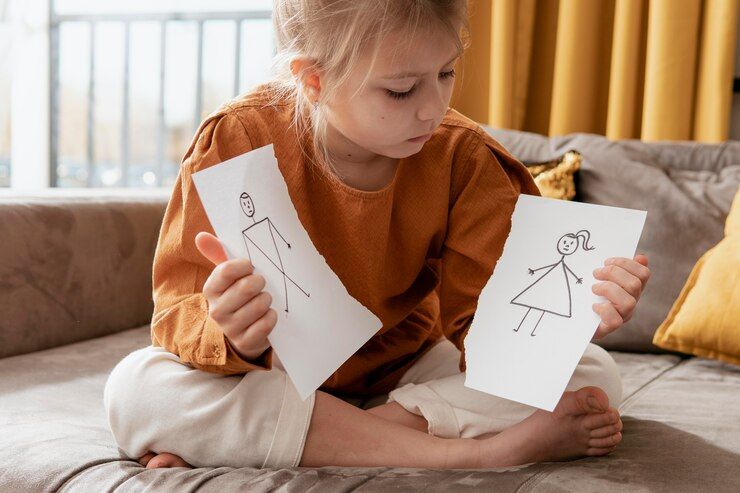Have you ever watched a child insist that two things are exactly the same when you can clearly see the differences? Learning to distinguish between “similar” and “same” is more than just vocabulary building; it’s a crucial skill for understanding nuance, diversity, and critical thinking.
Learning the difference between Similar and Same is a key skill that helps children understand the world with more depth and clarity. Let’s explore how to teach children to spot subtle differences and appreciate variety, essential skills for understanding nuance and diversity.
Why the Difference Between Similar and Same Matters
Children often group things together based on color, size, or shape. But teaching them that “similar” doesn’t mean “identical” helps sharpen observation skills and build thoughtful reasoning.
Understanding this distinction supports early learning in reading, math, social interactions, and even emotional intelligence.
How to Teach the Concept of Similar and Same
1. Use Real-Life Examples
Show two apples. They’re the same fruit but different in size or color. Ask, “Are they the same or just similar?”
2. Try Matching Games
Use socks, blocks, or cards. Mix items that are close in appearance but not exact. This builds attention to detail.
3. Introduce Visual Sorting Activities
Give your child a group of objects and have them group by “exact match” and “almost the same.” Then, discuss the differences.
4. Discuss Emotions and Faces
Look at pictures of people smiling, frowning, or thinking. Ask how the expressions are similar or different. This builds empathy and emotional awareness.
5. Encourage Open-Ended Questions
Ask, “How are these two things the same?” and “How are they different?” Let your child take the lead in discovering answers.
Why This Skill Matters Long-Term
Understanding “similar but not same” prepares children for:
- Appreciating cultural differences
- Recognizing individual strengths
- Navigating social relationships
- Developing scientific observation skills
- Thinking flexibly about categories

Final Thoughts: Embracing the Spectrum
Teaching kids the difference between similar and same helps them appreciate nuance, notice small details, and understand the beauty of variety. These lessons create strong foundations for thinking, communicating, and relating to others.
How ‘Crabby Crayon and The Truth About Blue’ Shows the Power of Subtle Differences
If you are looking for a story that teaches the power of subtle differences, then ‘Crabby Crayon and The Truth About Blue’ by Kari Layton is a perfect fit. In this book, Crabby believes that blue must match his shade exactly. But with his friend Green’s help, he discovers that blue comes in many hues, each unique, yet all still blue. This fun and thoughtful story helps kids see that not all things have to be identical to belong.
Celebrate the joy of discovery with Crabby Crayon and The Truth About Blue! Order your copy now.

